Draco volans (also stylized d. volans) is a lizard species with wing-like lateral extensions that give it gliding capabilities. You’ll also see Draco volans referred to as the “common flying dragon.”
This lizard is tan with sparse dark specks on its back that blend nicely with the dark spot on its nape. It’s endemic to Southeast Asia, but predominant in Java and Bali in Indonesia, Southeast India, Borneo, and the Philippine Islands.
Common flying dragons are common in their natural habitats, but breeders struggle to keep them in captivity due to their delicate nature, care difficulty, and particular habitat requirements. Draco volans is a beautiful species, and enthusiasts find its gliding capabilities an intriguing characteristic.
Draco Volans Overview
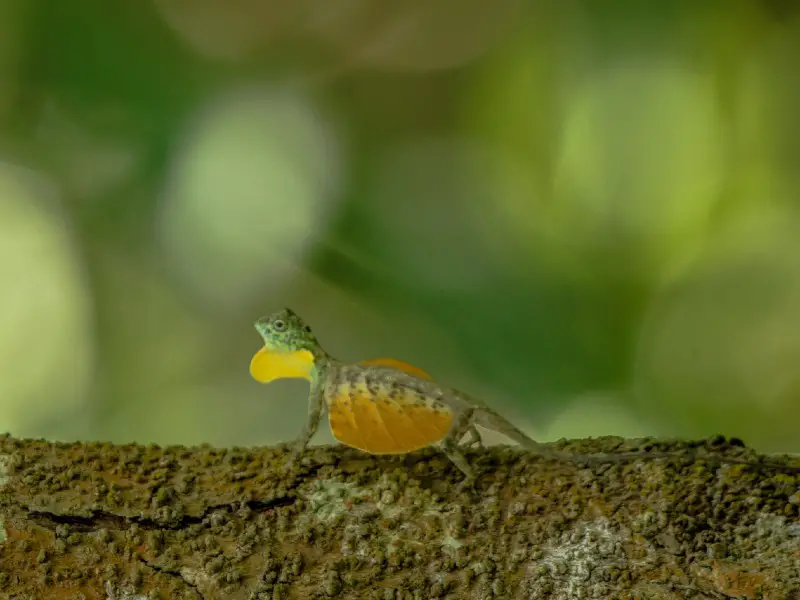
| Common name | Common flying dragon |
| Scientific name | Draco volans |
| Natural habitat | Tropical rainforests of Southeast Asia and Southeast India. |
| Adult size | 8 inches |
| Average lifespan | 8–10 years |
| Diet | Insectivorous |
| Housing | PVC enclosures and Glass aquariums |
| Expert level | Expert |
Origin
Draco volans is native to Southeast Asia and Southeast India. The lizard is predominant in tropical rainforest regions of Java and Bali in Indonesia, Southeast India, Borneo, and the Philippine Islands. Its natural habitat entails densely wooded forests with tall trees that provide ample hiding places and perching spots.
The aerofoil wing-like patagial membranes and the lizard’s ribs work as a gliding apparatus. Draco volans is arboreal (tree-dwelling), and prefers to stay in the canopy of large trees that provide plenty of food and cover.
Appearance and Behavior
Draco volans is shy and reclusive. However, males are aggressive when defending their territory from other males. Females are more docile, but they will fight to protect their young or when they feel threatened.
This species is a tiny lizard with tan coloration. The lizard’s back features dark specks that blend in with the dark spot on its nape. Draco volans also has a slender body with patagial membranes on each side that stretch out when taking flight.
The male Draco volans features a bright yellow and long pointed dewlap to attract females and warn other males. The male’s ventral side is blueish, and its dorsal side is brown. The female Draco volans has a grayish-blue dewlap, and ventral side with a yellow coloration.
Size and Lifespan
Draco volans has an average lifespan of eight years in the wild and can live for up to ten years under optimum conditions in captivity. Ensuring it has the right type of arboreal enclosure and the proper lighting, temperature, and humidity levels can help increase the lizard’s lifespan.
These common flying dragons are on average eight inches long, with their tails measuring four inches long. Males are usually shorter than females, and healthy adults weigh up to four ounces.
Temperament
Draco volans is aggressive. Males will fight to defend their territory by grappling and biting one another and often glide from tree to tree in an attempt to scare off their foes.
Beginners will find handling Draco volans a challenge as it’s shy and reclusive. These lizards also don’t like being handled and will try to wriggle out of their owners’ grip. Draco volans can bite or nip when it senses danger, which can be painful — but their bite isn’t dangerous.
If you want to handle Draco volans, support its body with one hand behind its hindlimb and the other hand supporting the back, belly, and forelimbs.
Housing Draco Volans
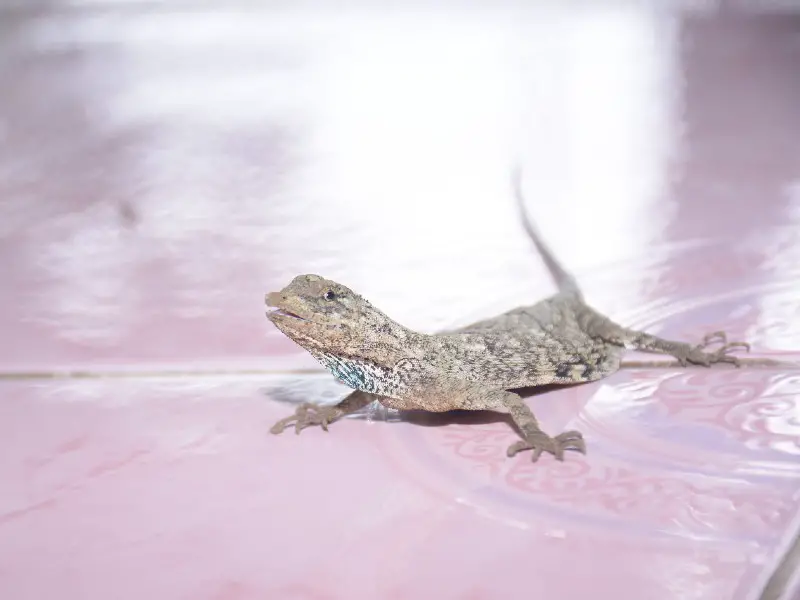
Mimicking the tropical rainforests of Southeast Asia and Southeast India ensures healthy and successful housing for adult Draco volans. It thrives in arboreal enclosures that offer plenty of sturdy plants to glide, perch and hide in.
Large PVC enclosures and glass aquariums decorated with natural plants, trees, and vines are suitable for Draco volans.
Tropical rainforests and low altitudes provide these lizards with warm and humid living conditions in the wild. You can replicate these conditions by keeping the enclosure temperature around 80°F.
Enclosure Size
Draco volans needs a tall enclosure measuring approximately 30 inches high by 16 inches long, and 16 inches wide. A large tank is appropriate as it gives the lizard more room to glide, perch and move around the enclosure.
Lighting
UV lighting is an excellent addition to a Draco volans enclosure as it provides essential ultraviolet radiation that helps the species metabolize calcium. Reptisun 10.0 T5 light bulbs provide a suitable replacement for sunlight in the enclosure, and a fluorescent bulb on one side of the enclosure ensures efficient lighting for any plant.
Temperature and Humidity
Draco volans’ natural habitat has a temperature between 70°F and 80°F. Keep the enclosure temperature within this range, and ensure different areas of the enclosure vary in temperature to provide the lizard with basking spots and shaded areas.
Keep the basking spot temperature between 80°F and 90°F. Monitor the temperature to ensure that it doesn’t get too hot for the lizard, as extreme temperatures can cause premature skin shedding and dehydration. Make sure you lower the enclosure temperature to about 70°F at night.
An automatic misting system keeps the humidity levels in the enclosure at 75% to 85%. You can use a hygrometer to ensure that the humidity levels remain within the required range and a digital thermometer to help regulate the temperature in the enclosure.
Substrate and Decoration
Draco volans spends most of its time on tree bark and branches and will only go down to the substrate to lay eggs. Investing in a substrate that is easy to clean and maintain helps to a great extent. The ideal substrate for this lizard is coco fiber moss and eco earth.
Provide a 2-inch layer of pea gravel for drainage to ensure the substrate remains dry. Plants, vines, branches, and tree trunks give the lizard a place to climb and perch. Placing a large rock in the enclosure ensures the lizard has a reliable basking spot.
Cleaning
Cleaning the Draco volans enclosure ensures that the environment remains conducive to the lizard’s health.
You should wipe the inside wall of the enclosure soiled with droppings, urates, and other leftovers from food. Use a disinfectant solution to get rid of any harmful organisms or toxins, but avoid using detergents, bleach, or other harsh chemicals to clean the enclosure.
Draco Volans Care
Taking care of Draco volans is a serious commitment. The lizard is delicate and requires special care to ensure its health and well-being. Amateurs and beginner hobbyists find it challenging to take care of the lizard’s enclosure, temperature, humidity, and dietary requirements.
Experts with reptile experience and enough time to monitor the enclosure can keep this species. Ensuring the lizards stay hydrated is the most important part of their care, so use an automatic misting system to keep your lizards hydrated.
Food and Water
Draco volans is an insectivore, so it feeds on crickets, roaches, bean battles, ants, and termites. The lizard will sit and wait to pray rather than actively search for food. Dusting calcium and multivitamins onto the food provides additional nutrients for the Draco volans.
Provide the Draco volans with a bowl of fresh and clean water daily, and make sure that the bowl is sturdy and won’t tip over. Feed the lizard 3–4 times a day with live foods like ants and termites, as live foods are excellent sources of protein. Avoid feeding the lizard insects like fireflies, as these contain toxic chemicals and can be harmful.
Handling
Draco volans is a delicate and fragile lizard that doesn’t like to be handled. It will bite, wriggle, and scratch its handler to escape. Beginners should avoid handling this species, and keep in mind that handling can cause stress.
The presence of birds, amphibians, snakes, and cats can also cause this lizard stress. You should avoid potential stressors like vibrations, sudden changes in temperature, and sudden noise and confine the Draco volans to its enclosure when potential stressors are present.
Common Health Issues
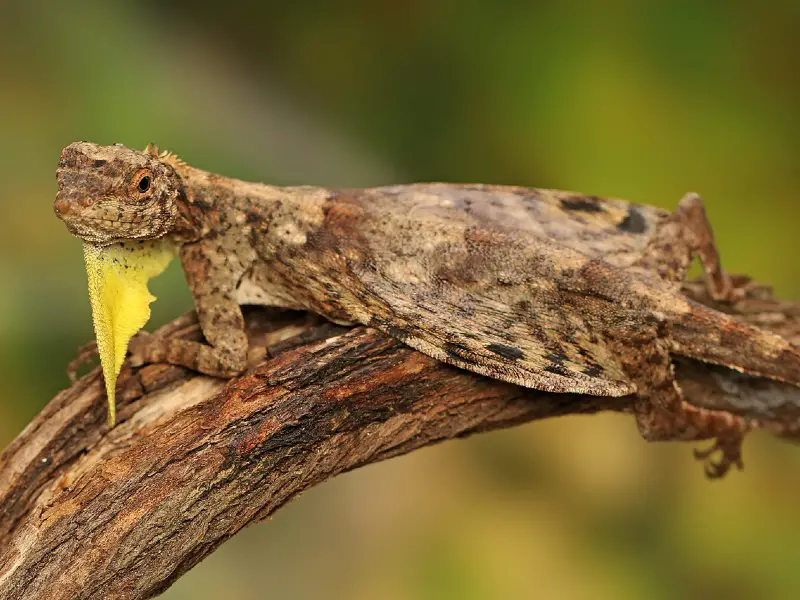
Draco volans is a species prone to several health issues. Some common health issues include metabolic bone disease, poxvirus, and parasitic infections.
Metabolic bone disease (MBD) results from a lack of calcium and vitamin D3. Insufficient phosphorus and poor lighting conditions in the enclosure can also cause metabolic bone disease. Newborns are prone to the disease because they have weak bones, so be aware of this if you want to breed the species.
Ensuring Draco volans gets adequate sunlight is one way to prevent MBD. Provide the lizard with UV-A and UV-B lighting to help control and reverse the adverse effect of MBD.
Poxvirus infections are common in Draco volans. Poxvirus affects the kidney, liver, and spleen and appears as a crusty and raised lesion on the outside of the body.
Poxvirus is a fatal disease for the Draco volans, but adequate preventative measures such as quarantine, fresh air, and an ethyl alcohol solution to kill any pathogens can prove effective. Make sure you don’t touch other reptiles and amphibians to prevent the spread of poxvirus.
Draco volans is also prone to parasitic infections. Protozoan parasites such as cryptosporidiosis and coccidiosis can affect the lizard’s intestinal tract. The parasites enter the body through the fecal route, lower the lizard’s immune system, and cause bacterial infections.
Signs of parasitic infection include weight loss, diarrhea, and bloating. Treat the lizard with metronidazole, sulfamerazine, and lactated ringer solution to cure the infection.
Breeding
Breeding any Draco species is a challenging task. Newborn Draco volans lizards have a high mortality rate and need special care and attention.
Initiate the breeding process by providing a warm and humid environment with a temperature of 80°F for two weeks. Ensure that the female Draco volans gets enough calcium for egg development and provide a good nesting place at the bottom of the enclosure for the female to lay her eggs.
Introduce the female by keeping a male in the enclosure. Keep the pair together for about four days, and then separate them. During the four days, the male will mount the female to initiate mating, which takes anywhere from 3–18 minutes.
Once the mating ritual is complete, remove the male and return him to his cage. You should feed the female calcium dusted insects to support egg development and production. Ants and termites are also good sources of calcium and protein for females.
The female will start to balloon as the eggs develop within the reproductive tract. During this period, you should maintain the enclosure temperature at 78°F, and the temperature should remain this way from conception until the eggs are laid.
Keep the humidity within 60% to 70%. After four to six weeks, the female will create a nest at the bottom of the enclosure and lay her eggs. She will cover the eggs with the soil, peat moss, or any available substrate within the enclosure. Once the female has laid her eggs, you should incubate the eggs within 77–79°F for two months.
The hatchlings will hatch within 45–60 days. Keep the newborn lizards within a temperature of 80°F with a humidity level of 60–70% for the first month of their lives. You can use a plastic box with air holes and a heat lamp as a temporary enclosure for new lizards.
Choosing and Buying Draco Volans
Draco volans lizards cost between $40–$50 for new hatchlings and $60–$200 for adults. Breeding common flying dragons in captivity is a difficult process which makes their availability limited and expensive. Reputable breeders bring a fair number of lizards for sale to the market, and some online stores and select pet stores.
Keeping this species is a commitment and requires a proper enclosure and ample budget for maintenance and care. More than 90% of lizards will die within the first month in poor enclosure conditions. Adequate hydration and a proper enclosure is the best way to ensure that your lizards survive.
The importation and exportation of Draco volans is within legal limits, and it isn’t an endangered species.

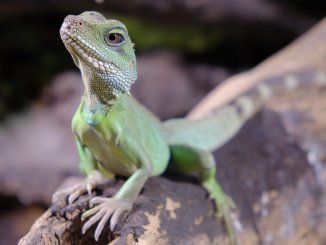
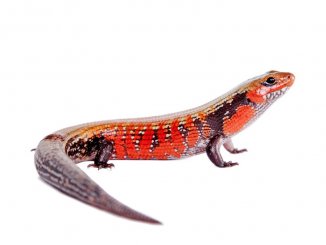
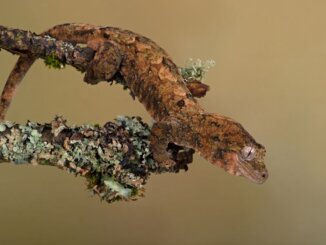

where is a good place to buy flying dragons?
Any online or local shop that has all the authorizations to be trading that kind of species.